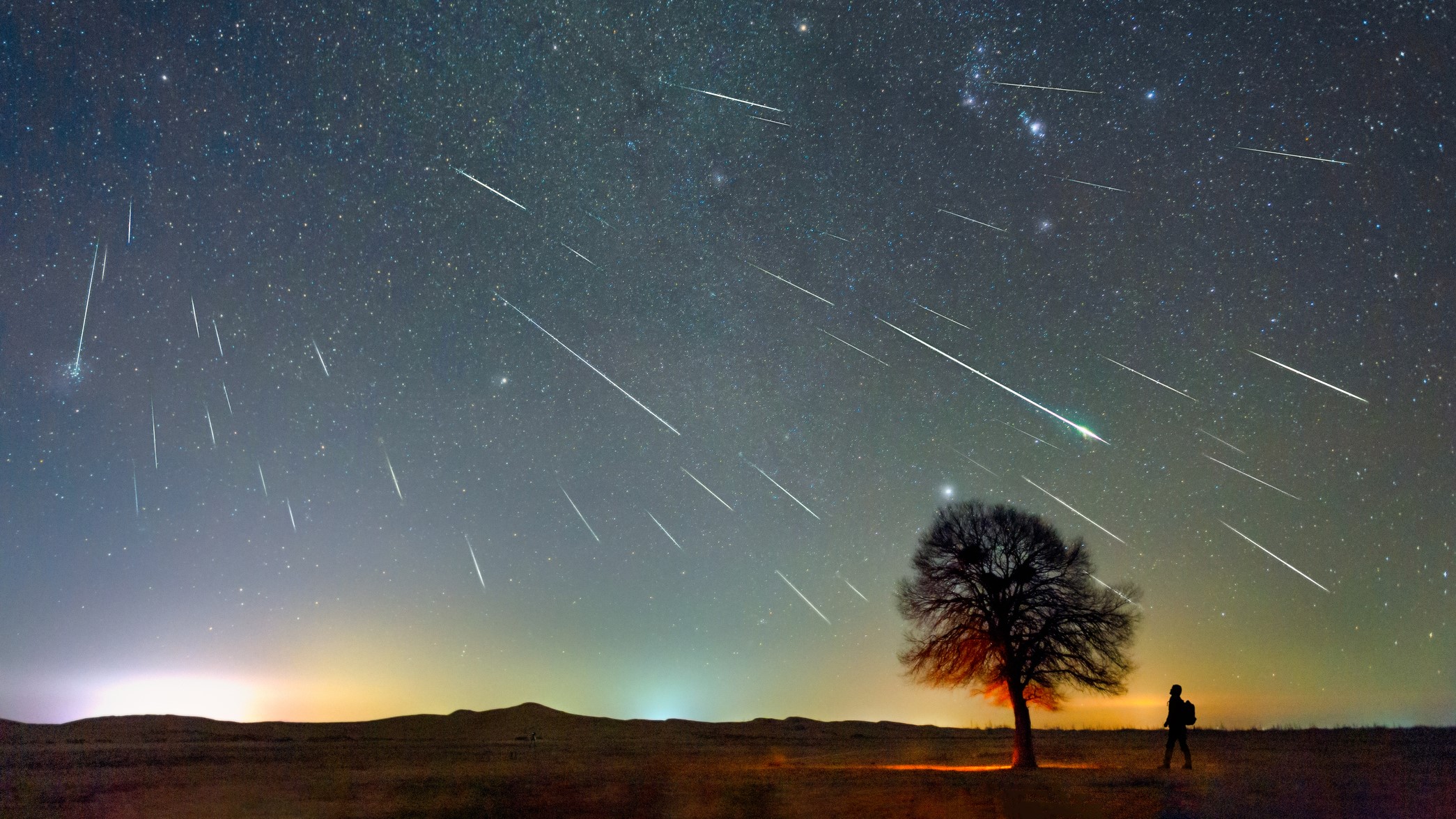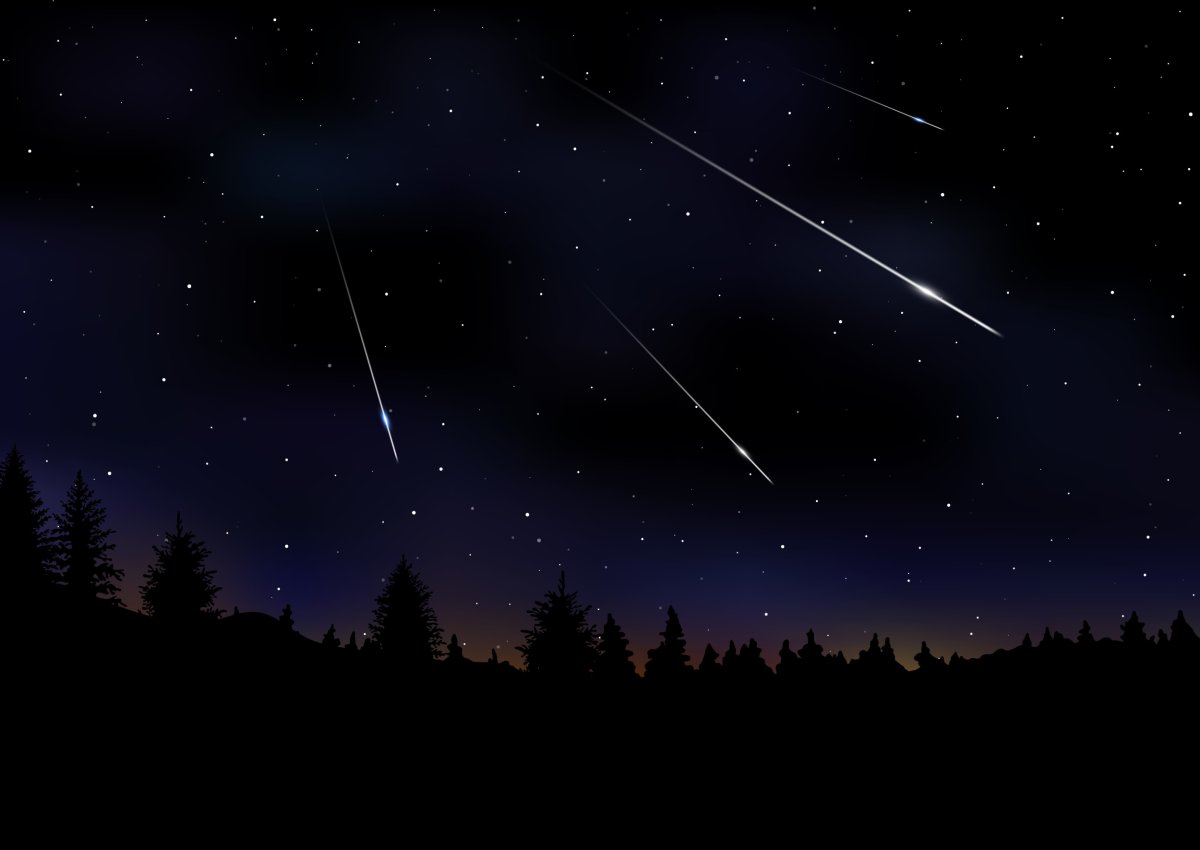The Geminids meteor shower is one of the most popular and reliable meteor showers of the year. It is active from December 4th to December 17th, but it peaks in the early morning hours of December 14th, 2023.
During peak activity, you can expect to see up to 120 meteors per hour radiating from the constellation Gemini, near the bright star Castor. The Geminids are known for their bright, white-colored streaks, and some may even leave persistent trains that linger for several seconds.
Where to See the Geminids Meteor Shower
The Geminids are visible from all over the world, but for the best viewing experience, find a location with minimal light pollution. Good places to watch the Geminids include national parks, forests, rural areas, beaches, and mountains.
Viewing the Geminid Spectacle: A Global Phenomenon
The Geminid meteor shower puts on a dazzling display visible from anywhere in the world. For the optimal viewing experience, head out at night and in the early hours before dawn. This is when the radiant point of the shower, located in the constellation Gemini, rises above the northeastern horizon.
When to Watch the Geminids Meteor Shower
The peak viewing times for the Geminids meteor shower vary depending on your location:
- North America: Midnight to 2 am local time on December 14th
- Europe: 1 am to 3 am local time on December 14th
- Asia: 7 am to 9 am local time on December 14th
- Australia: 4 am to 6 am local time on December 14th
Where to Witness the Geminids Meteor Shower
The Geminids are visible from all over the globe, but for an optimal experience, head towards locations with minimal light pollution. Here are some ideal spots:
- National parks and forests: Abundant dark skies and minimal artificial light interference offer exceptional viewing conditions.
- Rural areas: Escape the city lights and enjoy the unobstructed view of the night sky.
- Beaches: The open horizon provides a panoramic canvas for the celestial spectacle.
- Mountains: Ascend to higher altitudes for a clearer and wider view of the meteor shower.
What to Expect
When watching the Geminids meteor shower, dress warmly and bring blankets, as it can be cold outside at night. Be patient and keep looking up, as it may take some time for your eyes to adjust to the darkness. Consider using binoculars to help you see fainter meteors and appreciate the details of their streaks.
Geminids: A Spectrum of Celestial Colors
The Geminid meteor shower is known for its bright and fast meteors, often appearing in a variety of colors. While most meteors appear colorless or white, the Geminids are unique in their ability to display a spectrum of hues, including:
- Yellowish: This is the most common color of Geminid meteors, caused by the burning of sodium and iron in the meteoroid’s atmosphere.
- White: This color is produced by the burning of magnesium and silicon in the meteoroid’s atmosphere.
- Green: This mesmerizing color arises from the burning of nickel and copper in the meteoroid’s atmosphere.
- Red: The burning of oxygen and nitrogen in the meteoroid’s atmosphere produces this fiery red hue.
- Blue: This rare color is the result of burning calcium in the meteoroid’s atmosphere.
Bill Cooke, lead for the Meteoroid Environment Office at NASA’s Marshall Space Flight Center, commented on the unique color spectrum of the Geminids in a recent blog post, stating, “Most meteors appear to be colorless or white, however the Geminids appear with a greenish hue. They’re pretty meteors!”
This diverse color palette adds to the breathtaking beauty of the Geminid meteor shower, making it a truly captivating celestial spectacle.
Additional Tips
Here are some additional tips for watching:
- Get away from light pollution.
- Dress warmly.
- Be patient.
- Bring a star chart.
- Consider using binoculars.








